The COVID-19 pandemic has pushed an estimated 124 million people into extreme poverty globally, the first increase in extreme poverty in 20 years. To meet the magnitude of this need, governments around the world have dramatically ramped up social protection measures, and in particular cash transfers, which comprised one-third of all COVID-related social protection programs. A staggering 17 percent of the world’s population, or 1.3 billion people, were covered by at least one COVID-related cash payment between 2020 and 2021.
Despite this increase, the scale-up of cash transfers has been uneven across the globe. In low-income countries, cash transfers reached an average of 4.5 percent of the population, a figure six times lower than in the average high-income country. COVID-19 has shown that we must transform our aid delivery systems to reach the world’s poorest.
For many of the world’s poorest countries, creating an end-to-end system that identifies, enrolls, and delivers financial aid at scale to individuals in need is challenging. Unlike in the U.S., where the government can send payments based on information from recent tax returns, many low-income countries do not have up-to-date databases to screen households based on need or income. These countries may also lack sufficient internet coverage, making applications for assistance via a government-run online portal infeasible. Going door to door to screen and enroll people would also have been time-intensive and challenging with social distancing measures.
Fortunately, several examples have demonstrated that investing in digital cash transfers can help governments expand social assistance at unprecedented speed and scale. Take the example of Togo. At the start of the pandemic, in just 10 days, the Togolese government built and launched NOVISSI, a digital mass payment platform, and model for direct cash transfers, allowing beneficiaries to enroll and receive payments within 120 seconds via basic mobile phones—without internet.
During its first phase, NOVISSI used an occupation-based targeting approach by taking advantage of the recently updated voter ID database. To further improve the targeting of the most vulnerable people in its second phase, the program leveraged satellite imagery, cellphone metadata, and machine learning to identify the most vulnerable individuals within the 200 poorest districts. Despite the absence of a national social registry, Togo managed to distribute $34 million across the two phases, to a quarter of its adult population.
The government-led program even produced new research findings. The pioneering AI-targeting approach, which was developed with the Center for Effective Global Action, Innovations for Poverty Action, and tested in partnership with the nonprofit GiveDirectly, was shown to not only be more accurate but also more inclusive than alternative targeting approaches.
In Bangladesh, a cash program launched for the annual floods demonstrated an additional innovation—digitally paying individuals in need ahead of a disaster. In 2020, the country experienced the second-highest recorded floods in over 30 years. Using a combination of early flood warnings and mobile money, the U.N. World Food Program provided households with $53 in advance of peak flooding. The response was faster than during the last major floods in 2017 and 2019 when support arrived about 100 days after peak flooding. Most promisingly, the program showed that households that received cash ahead of a crisis had better childhood food security, were more likely to evacuate, and take on less debt. The results are so compelling that government agencies are now looking to scale this up and potentially combine this innovation with the novel technologies demonstrated in Togo.
Looking beyond examples of individual countries, digital transformation has been gaining visible traction in the crucial step of payments. Across developing countries, at least 155 programs have leveraged digital payments for the delivery of at least one of their new or expanded social assistance programs in response to COVID-19. The benefits of digital payments are manifold. They are quick and often more secure than handing out cash or distributing debit cards. In Togo’s case, digital payments were instant. Once an eligible applicant completed an application on their phone, they were paid instantly using mobile money. Imagine this—an individual in need hears a radio advertisement to dial *855# on their phone. They dial the number, fill out a 120-second survey and then immediately receive a mobile money payment—no waiting in line to petition for aid. The DRC is rapidly following suit, with the government’s Social Fund, with financial support from the World Bank launching a similar digital payments model in Kinshasa.
In light of cash transfers becoming a key pillar of the pandemic social protection system, the authors of this piece gathered as part of the annual 17 Rooms Summit, to discuss how digitizing cash delivery can address the Sustainable Development Goal (SDG) of ending poverty. Our group, which was chaired by two of us (Cina and Michael), took a bottom-up approach, codifying best practices and principles from successful digital cash transfer programs we had participated in.
Our goal is to share our lessons so that other programs can learn from what we have done and integrate it into their own programs. We are glad that we are not alone in this endeavor. As a testament to the widening policy window for transformation, we are excited that other groups such as the Better than Cash Alliance, CGAP, and G2Px are also codifying best practices that are very similar to those derived from our organic process.
That said, digitally transforming national social protection systems is no simple feat. Doing so often requires using flexible financing to make the right investments in technology, infrastructure, and human capital, as well as coordinating across many public and private sector stakeholders. To that end, executive leadership in the public sector is crucial for driving change. Togo’s example and Malawi’s creation of entities like the President’s Delivery Unit could be instrumental to ensuring that government agencies have the necessary mandate and resources to drive such transformation.
In conjunction with such examples of public sector leadership, private philanthropy can also play a catalytic role in driving digital transformation through its ability to de-risk and provide flexible financing for innovative projects. At the start of the pandemic, one of our 17 Rooms participants, Google.org, came together with several key donors to fund early research behind the AI targeting approach used in Togo. The organization now aims to spur further adoption by contributing a further $5 million in funding and technical specialists from their fellowship program to advance digital cash transfers.
As a group, the participants in 17 Rooms are aiming to grow the pot of funders interested in accelerating digital transformations of cash transfer programs, enabling not just the tech infrastructure, but pilot cash disbursements to be made in at least three countries. The goal is for governments, nonprofits, academics, and philanthropy to come together to leverage the latest technological advancements and demonstrate more locally-led success stories that can then be scaled to increase coverage at greater speed. Eventually, these programs will be financed together with government budgets and multilateral financial institutions, but the initial program designs can be de-risked and iterated through these innovative partnerships.
Amid every crisis lies great opportunity. COVID-19 has shown that we must transform our aid delivery systems. Public sector actors can seize this window, with the ultimate goal of putting more cash into the hands of the poor. Governments like Togo have demonstrated that with committed leadership and investments in the right infrastructure, digital transformation in social protection systems can occur at scale. Catalytic financing and tech talent play a critical role in enabling this. We call on more governments, philanthropies, aid, and multilateral financial institutions to seize the moment—and advance digital cash payments as a key strategy for improving social protection for the poor.
Jacquelline Fuller is president of Google.org. Rodrigo Salvado is deputy director of Development Policy and Finance at the Bill & Melinda Gates Foundation. Brookings receives support from Google.org and the Bill & Melinda Gates Foundation. Brookings is committed to quality, independence, and impact in all of its work. Activities supported by its donors reflect this commitment and the analysis and recommendations are solely determined by the authors.
The Brookings Institution is committed to quality, independence, and impact.
We are supported by a diverse array of funders. In line with our values and policies, each Brookings publication represents the sole views of its author(s).

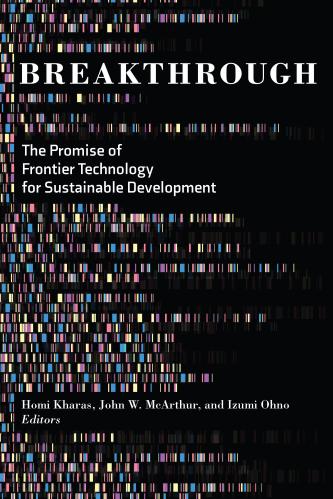
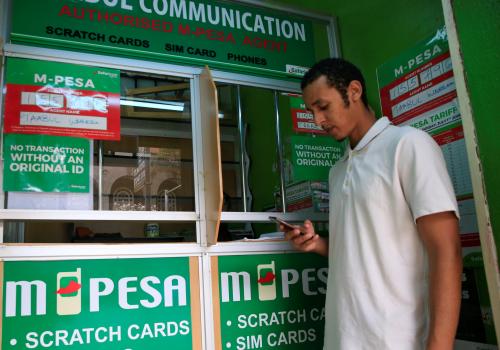
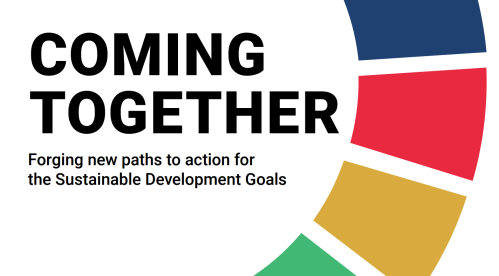




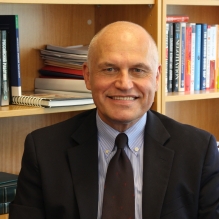

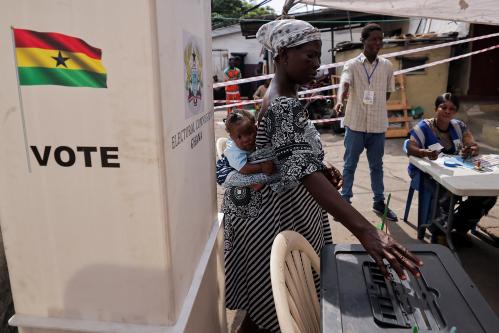
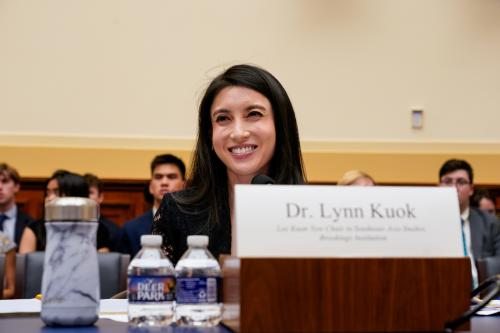
Commentary
Accelerating digital cash transfers to the world’s poorest
February 17, 2022